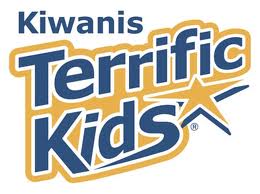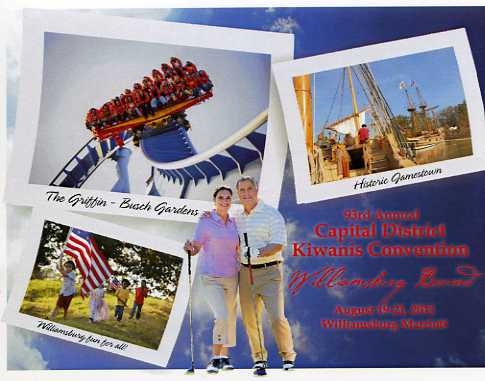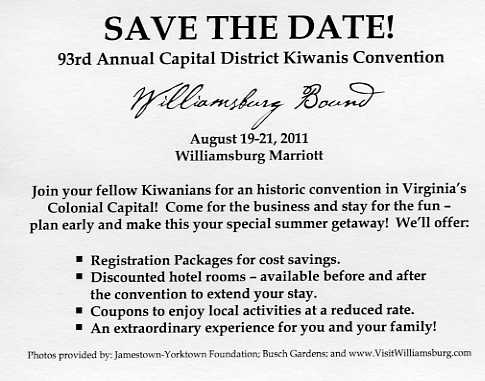Imagination Library: Young Children Priority One
by Julie Beebe
I had an experience the other day that drove home how important it is to talk to and share experiences with our young children. As many of you may know, I work with developmentally delayed and special needs preschool children. We were working on the theme of autumn and had read a book about the signs of autumn. We played a game matching little leaves to larger leaves of the same color and then we "made" a book. The book was repetitious and each child was to color the leaf on the page in the color stated in the sentence. The sentences on each page read as follows: "I see a red leaf. I see a green leaf. I see an orange leaf." etc. As I was working with one little girl, she colored all the leaves and then we went back to "read" the pages. When I do this, I am not expecting the three year to actually read the words but to repeat what I say and to watch me point to the group of letters that make up each word. So we "read" the first page, "I see a green leaf." And then we went on to the next page, "I see a red leaf." Only when she read it, she repeated, "I see a red green." We fixed the mistake and went on to the next page, but again she read, "I see an orange green." As this went on, it made me realize two things. One thing for sure was that she was not comprehending what we were "reading". The sentences she was repeating had no meaning to her. She didn't realize that we were talking about the picture she had just colored. The second thing I realized was that she may have not known what a leaf was, even though we had read a story and played a game with "fake" leaves. At this point I knew I had to go back to my lesson plan and insert some "real" leaves and perhaps a walk outside to find those real leaves. For children to understand what they read, they have to have some kind of background knowledge. Now, this little girl may not have known what a leaf was, or maybe she just did not connect the picture of the leaf and the foam leaves with what she saw on the trees and on the ground in the real world. This situation is an example of why it is so important to talk to and then listen to young children. You would think all kids know what a leaf is...but maybe they do not or maybe they just need a little help to connect what they do know with the words they hear and read. Talk, talk, talk to the children in your life, and even more important, get them to talk to you!

























